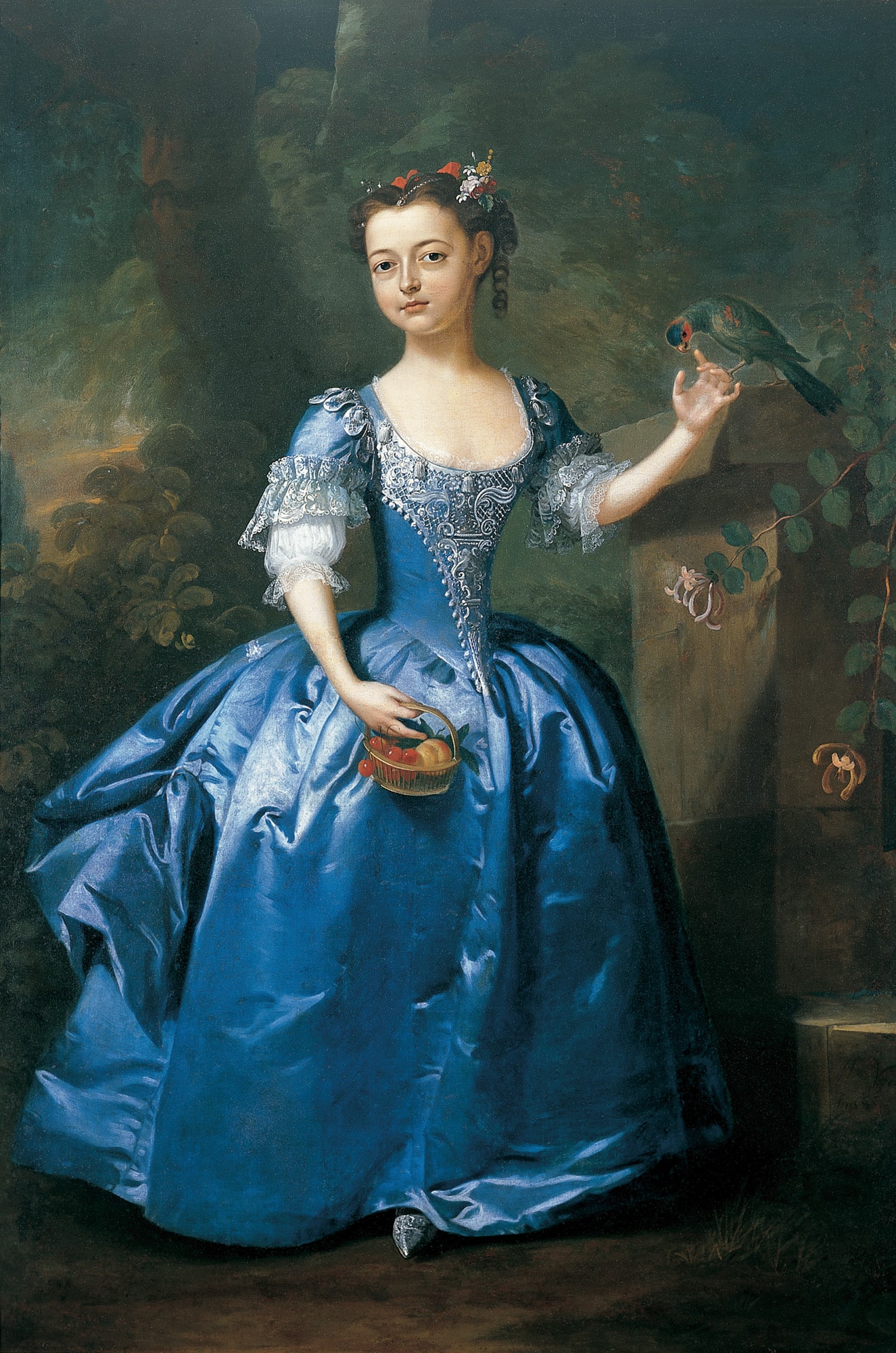Teachers
Teachers
In this workshop, teachers explore the art of miniature not as a historical subject, but in a theoretical manner, setting off from contemporary artworks diverse in form and shape. We first closely examine contemporary forms of miniature via online games based on detailed images from selected artworks in the exhibition. Then, during the workshop, we forge new compositions by employing different materials such as crayon, watercolor and felt-tip pen and different techniques such as scraping, splashing and drawing, setting off from minute details in the artworks. We discuss our sentiments and observations based on the artworks we have reinterpreted and then share the story of this production. We discover different methods of communicating through art, and learn various techniques of expression through first-hand experience.
Instructor: Filiz Kara Bilgin
Related Exhibition: Miniature 2.0, Miniature in Contemporary Art
Materials
White A4 paper
Crayon
Watercolor
Felt-tip pen
Pencil
Capacity: 50 participants
The event is free-of-charge, but reservation is required.
The event will be organized over the application Zoom Meeting.
At the end of the event, participants will be sent a participation certificate by e-mail.

in collaboration
Our quota is full, thank you for your interest.

This life-size portrait of a girl is a fine example of the British art of portrait painting in the early 18th century. The child is shown posing on a terrace, which is enclosed at the right foreground by the plinth of a pillar; the background is mainly filled with trees and shrubs.
Tuesday - Saturday 10:00 - 19:00
Friday 10:00 - 22:00
Sunday 12:00 - 18:00
The museum is closed on Mondays.
On Wednesdays, the students can
visit the museum free of admission.
Full ticket: 300 TL
Discounted: 150 TL
Groups: 200 TL (minimum 10 people)